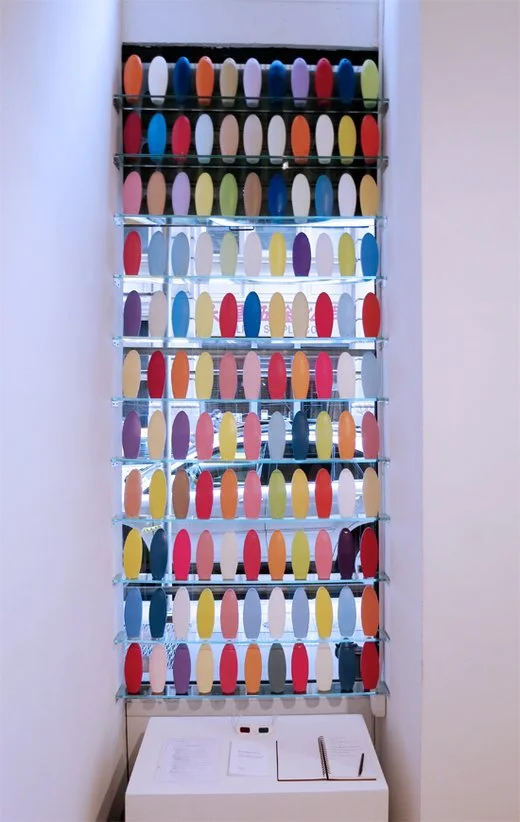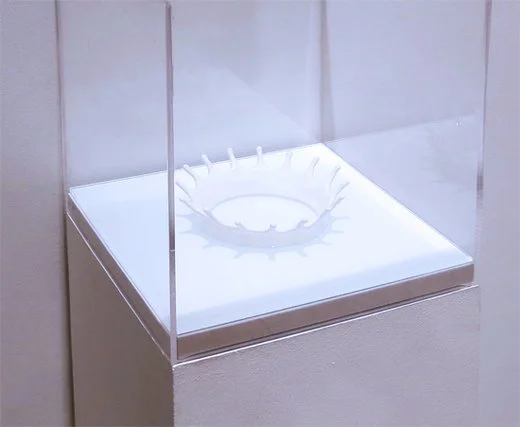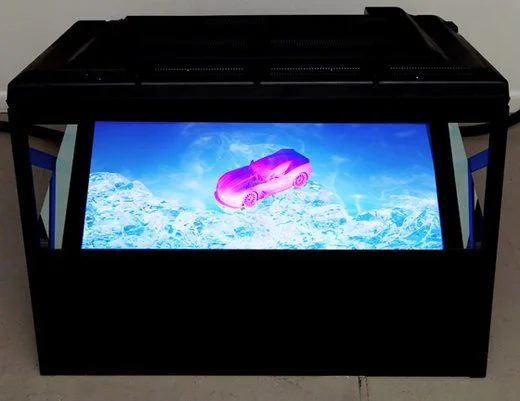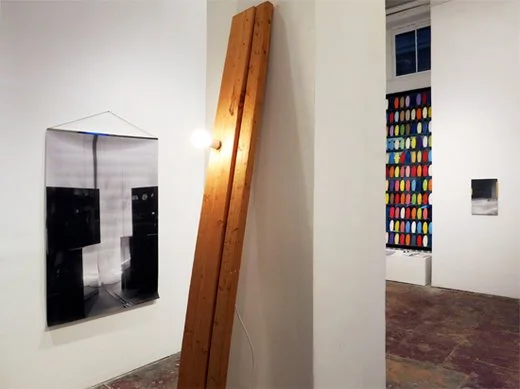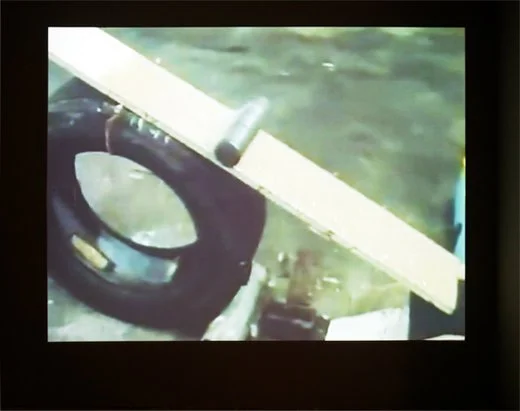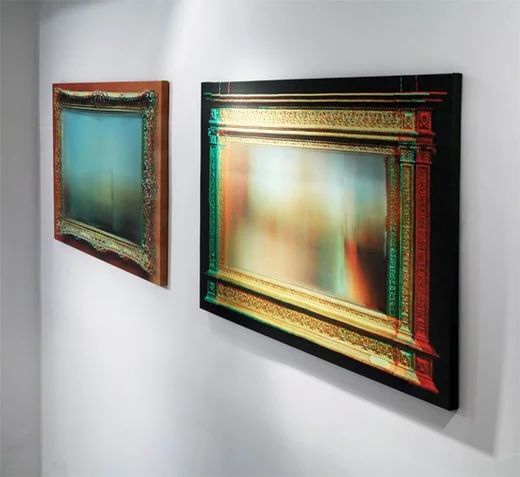The Pathos of Things
March 9 - May 19, 2013
David Baskin
Jennifer Bolande
Antoine Catala
Katarina Elven
Fischli and Weiss
João Enxuto and Erica Love
Virginia Overton
Lewis Stein
Shop for a product. Buy the product. Touch the product’s screen. When things do mostly what we wish, they become invisible. When they frustrate our expectations, they’re dispensed with. In a world of objects that exist to service our needs, when something fails to function, (mechanically, aesthetically, indefinitely) it runs the risk of exposing our dependence on it, its failure a potential rupture in the seamless flow of our psychological mastery over the things around us.
At least since the origins of consumerism, what we consume is not entirely in our possession. Moving beyond utility into belief, the "de-objecting" of things that occurs in advertising and branding seems to afford a special power to the objects in our midst. The things we acquire also exist as statements we (willingly or unwillingly) make in our role as users of a brand. A sneaker’s function as footwear is less significant than its confirmation of an identification between brand and consumer. Each pair relies on the user to spread the brand’s message.
When we consider an ordinary or natural object that is unfettered by allegiances to a corporate source, even the most mundane thing presents us with a philosophical challenge. Given that our understanding of its existence is limited to a series of sensorial tests, does the fact that we can see, touch, or smell a thing guarantee that it’s "there"? With much of what we experience taken on faith, perhaps it’s unsurprising that we often see ourselves in the inanimate, imposing anthropomorphic qualities on objects which might otherwise lack purpose, as our moment-to-moment narrative constructed to make sense of things unfolds.
The Japanese term Mono no aware (物事の情念), or literally "the pathos of things", refers to a kind of empathy towards things that reveals a heightened awareness of their transience and, by extension, our own. The subject of this show then is our relationship to objects, in both their promise and frustration, and of the expectations that come of necessity when we enlist the everyday things around us to help clarify our uncertain connections to the material world.
image: Lewis Stein, Untitled (#2 from "Consumer Products Series"), 1990 - 1991, Cibachrome print, 60" x 46"
David Baskin
Dove Bottles, 2008-2013, Cast urethane resin, glass. The Pathos of Things, carriage trade, 2013, storefront view
Installation View
The Pathos of Things, carriage trade, 2013. (top to bottom) João Enxuto and Erica Love, Antoine Catala.
Lewis Stein
Untitled (#2 from "Consumer Products Series"), 1990-1991, Cibachrome print.
Installation View
carriage trade, (left to right) Lewis Stein, David Baskin, Katarina Elven.
David Baskin
Dove Bottles, 2008-2013, Cast urethane resin, glass.
Installation View
carriage trade, (left to right) Jennifer Bolande, Katarina Elven.
Katarina Elven
Dior, New York, 2011, Ink-jet print, stainless steel.
Jennifer Bolande
Milk Crown,1986, Cast porcelain.
Installation View
carriage trade, (left to right) Virginia Overton, Katrina Elvin.
Katarina Elven
Pillow, 2011, Archival pigment print, brass clips, Edition of 5.
Antoine Catala
Icy, 2012, TV, glass, plastic car, LED lights, aluminum/wood stand
Installation View
carriage trade, (left to right) Katrina Elvin, Virginia Overton, David Baskin, Katrina Elvin.
Fischli and Weiss
The Way Things Go, 1987, 30 minute color.
Installation View
carriage trade, (left to right) Lewis Stein, David Baskin, João Enxuto and Erica Love.
João Enxuto and Erica Love
(left to right) Anonymous Painting 3D #V2FR_01_EA_0, 2012, Inkjet on cotton, 40" x 62", Anonymous Painting 3D #V2FR_01_WE_0, 2012, Inkjet on cotton, 40" x58".





